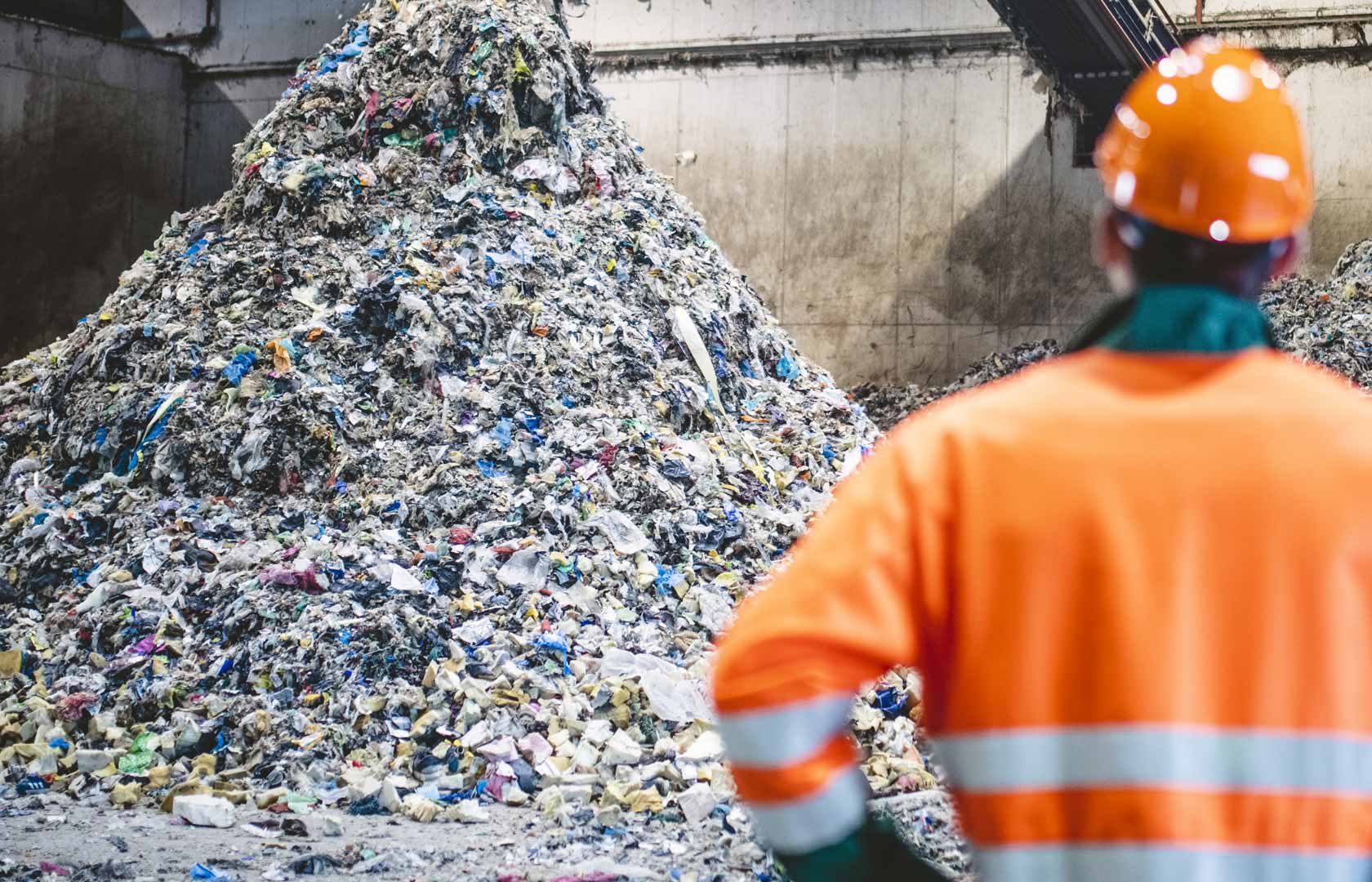Circular economy as a major business area
Even though forests are a renewable resources, it takes time for them to renew. This is why the use of forest has to be on an economically sustainable basis. Every year the consumer societies of Western countries exceed the carrying capacity of the planet Earth. We cannot continue consuming materials at our current rate and as a society, we need to transition to more efficient management of materials, to a circular economy and a focus on recycling. Economic sustainability and sustainable consumption are secured by keeping materials in circulation for as long as possible. In practice this means that instead of disposing of materials and items after a single use, we recycle, fix, share, rent and update them. This is why plastic recycling is an important part of Woodly – Woodly is not designed to be a biodegradable plastic, but a plastic that can be recycled. The recyclability of Woodly’s products has been demonstrated in all its production stages. ”Recycling is a big part of the future of plastics as the industry develops ways to meet the growing material demand in a sustainable way. Woodly’s wood-based and recyclable plastic is designed to reduce the need for both fossil feedstock and virgin material,” says Martta Asikainen, the CTO of Woodly. You can read more about her thoughts in the blog post Start up company Woodly closes its production loop with the help of NGR. These news articles about Woodly’s recyclability gained a lot of interest and attention to Woodly especially in the German media:

Recycling lengthens the life cycle of products
According to Tapani Jokinen, Circular Design Advisor to Woodly, 91,4% of converted raw materials are used only once. At the same time, 60% of emissions are the result of weak material management and poor product design. Through better product design and careful supply chain management we could keep materials in circulation for longer. ” Products need to be made to be long-lasting and stay in circulation for a long time. When people keep their purchases in use for a long time, business value no longer comes from the buying and selling of products but from licenses granting permission to access product features for their own use,” Tapani Jokinen says. Read more about his thoughts in the blog post How to maximise product recycling.
Circular economy protects biodiversity
The circular economy and the green economy are in key positions to solve the climate crisis. The basic idea of the circular economy is that production and consumption cannot exceed the Earth’s carrying capacity. According to the International Nature Panel, 50% of the world’s greenhouse emissions are a consequence of taking and processing natural resources. These greenhouse emissions are gases that create the greenhouse effect. While the greenhouse effect is a natural phenomenon that makes it possible for life to prosper on Earth, as a result of human actions those greenhouse emissions have increased, resulting in the climate getting warmer all the time. Global warming has catastrophic consequences for biodiversity and living conditions on Earth. In addition, the use of natural resources has causes 90% of the problems that have led to the reduction in biodiversity. This is why the activities of the circular economy and the green economy are essential to us. The circular economy can help us to reduce greenhouse emissions and the use of raw materials and prevent the reduction of biodiversity. It also helps us to protect, strengthen and revive the biodiversity. Read more about the green economy and the circular economy in our upcoming blog posts:
Finland as the frontrunner of the circular economy
The circular economy is an economic model in which new products are not constantly being produced. On the global scale, Finland is the ideological leader and frontrunner when it comes to the circular economy. Even though there are is still a long way to go, there are already many effective circular economy solutions designed in Finland. Recycling package materials is also one part of the circular economy. To secure the Earth’s well-being, we need to change our consumer habits and the circular economy is one step in this change. The whole world is facing the same challenge now. Through the solutions of circular economy and recycyling, Finland can lead the way internationally when we are moving towards the future. Together we can put our efforts into bringing sustainable products and services into the mainstream economy. You can read more about sustainability in our upcoming blog post:
Plastic recycling
Plastic recycling is important and everyone can contribute by, for example, sorting waste. Read more about plastic recycling in our upcoming blog posts:
- Plastic recycling: numbers that matter the most,
- Plastic recycling process.
- Plastic waste recycling.
- What are biomaterials?